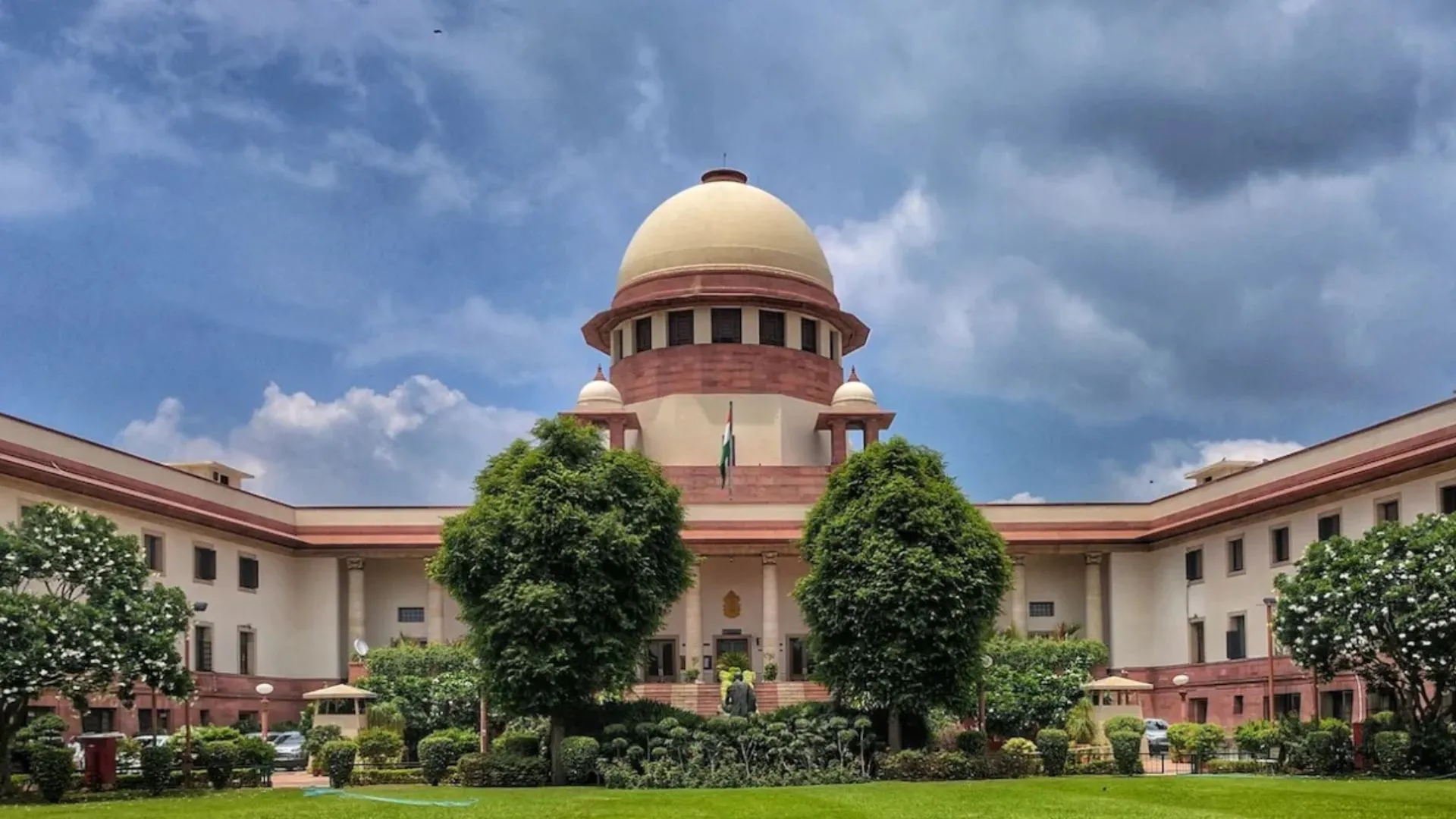Bangladeshi Prime Minister Sheikh Hasina was forced to flee her official residence on Monday as violent protests demanding her resignation intensified across the country. Reports indicate that Hasina sought refuge in Agartala as she fled the country to a “safer place” amid the surging unrest, with celebratory crowds in the capital Dhaka dancing on top of a tank and waving flags to mark her departure.
The protests, which initially began as demonstrations against a controversial job quota system, have evolved into a larger movement calling for the 76-year-old leader’s resignation. The unrest has seen some of the worst violence during Hasina’s 15-year tenure, with the situation deteriorating sharply over the past few weeks.
It was further noted that Sheikh Hasina simultaneously resigned from the post of Bangladesh’s Prime Minister, as confirmed by former Bangladesh MP Nazmul Haque to NewsX.
What Next for Bangladesh?
While the Bangladesh army has held strong ground with regards to the future of the nation, they asked people to have faith in the army. The army chief also, subsequently announced in the press conference that the army would run the interim government in the country. This comes shortly after Hasina’s son, Sajeeb Wazed Joy, called on security forces to prevent any unauthorized takeover of the government, emphasizing the need to uphold constitutional order as tensions escalated further in the country. The army chief, Waker-Uz-Zaman, is expected to address the nation later today as the country grapples with the turmoil.
The protests, sparked by dissatisfaction with the civil service job quota system, have resulted in the deadliest day of unrest on Sunday, with at least 94 people killed, including 14 police officers. The total number of fatalities since the protests began in early July has now reached at least 300.
Also read: Sheikh Hasina Quits As Bangladesh PM, Flees To Agartala, India Amid Unrest In The Nation
Protesters have defied a government-imposed curfew, flooding the streets of Dhaka and clashing with security forces. In response to the crisis, the government has restricted internet access, closed offices, and shut down over 3,500 factories. The Business Standard newspaper estimates that up to 400,000 protesters have taken to the streets, though this number remains unverified.
United Nations rights chief Volker Turk has condemned the “shocking violence” in Bangladesh, calling for an end to the bloodshed. Ali Riaz, a politics professor at Illinois State University, characterized the unrest as “an unprecedented popular uprising,” highlighting both the severe government crackdown and the widespread public participation.
In Dhaka, protesters were seen vandalizing a statue of Sheikh Mujibur Rahman, the country’s independence leader and Hasina’s father. The army’s response has been notably restrained, with some soldiers and police choosing not to intervene in the violence—a shift from previous months of stringent crackdowns. Former army chief General Ikbal Karim Bhuiyan has called for the withdrawal of troops and urged the government to permit peaceful protests.

















